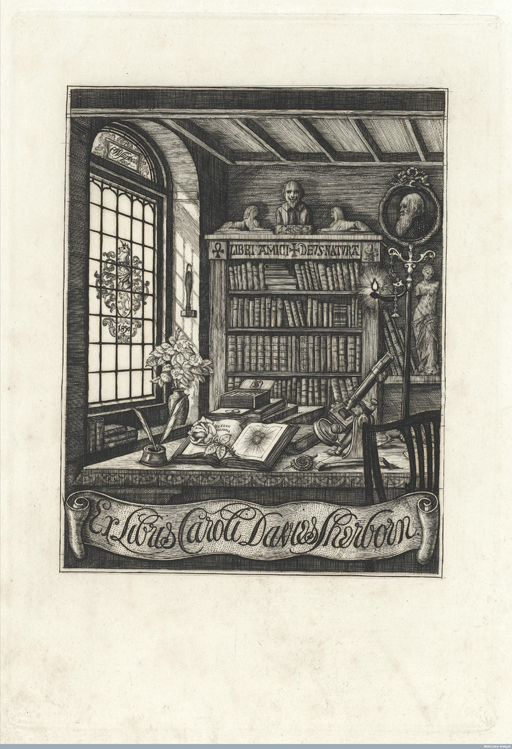1 Ancient ideals
In previous weeks you have examined appearance in terms of the face, but the entire body, particularly musculature, was also used to determine a healthy physique. Each culture will have its ideal body type, but physical strength is generally a sign of health achieved through exercise.
Where does the Western image of the ideal body come from? Figure 1 is of Polykleitos’ Doryphoros, which means ‘The Spear Bearer’. This is a Roman copy of an original Greek image dating to the mid-fifth century BCE, and is in perfect proportion: it shows an ideal physical body.
Most of the now-famous statues from the ancient Greek and Roman worlds were discovered in the Renaissance, dug up in northern and central Italy in vineyards and gardens, studied, and then used as models by artists. In the Western world, you can still see many of these statues as well as Renaissance images based on them, such as Michelangelo’s David. But their impact extends far beyond museums. For example, the Venus de Milo still appears as a symbol of ‘woman’.
In her film of the 1936 Berlin Olympics, Leni Riefenstahl recreated Myron’s Discobolus, a statue of a man about to throw the discus. In it she showed the statue, which then dissolved into the decathlete Erwin Huber recreating the pose.
The Nazis’ aesthetic inspiration from ancient Greece and Rome, and the Discobolus, featured prominently in the opening of Riefenstahl’s film. One version of the Discobolus was bought by Adolf Hitler, who in 1938 encouraged the German people to visit it by saying that it showed ‘how splendid man used to be in the beauty of his body’. Watch Video 2 now which discusses the impact of the Discobolus both for the Nazis and for its original audience in the fifth century BCE.





